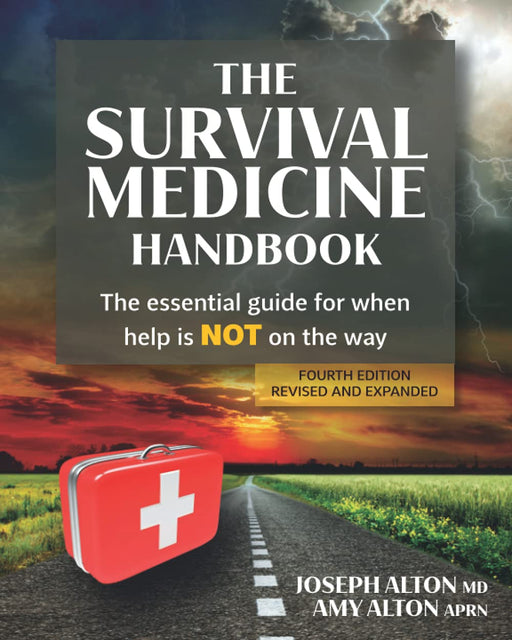When I posted my original question I just wanted to differentiate between a kit you might take out on a walk or to work and a larger kit you don't need to worry about the size. In the end I picked up a standard refill kit, and eye wash kit, some new burn dressings and a couple of trauma dressings. All kept in a drawer next to the medicines (pain killers, antihistamines etc).
At some point we'll need to think what else to add as we know it's very likely an ambulance could take 12hrs or more to turn up round these parts and there's not much else in the area.
Ambulance response times are a very pertinent point, and long waits are not confined to rural areas any more.....
About 3 years ago (IIRC), my elderly mother-in-law fell. Suspected hip fracture. An elderly lady in her late 80's was sitting in the cold (it was winter), in pain. It took something like 6 hours for an ambulance to arrive, and another 4 hours waiting in the ambulance at the hospital. This wasn't a rural location; it was a town which is less than 10 miles from Cardiff- a significant city.
Conclusion I came to is that if you are having a heart attack or bleeding out, there's a reasonable chance an ambulance will get to you within half an hour or maybe less- even in a town. A stroke- perhaps you will get a response in an hour or so. Serious RTC- again probably a fairly rapid response.
Anything else, and prepare to be on your own for several hours, even in an urban area. Indeed, you might get a faster response in a rural area.....
OK, maybe you will get lucky and it could be (a lot) less, but don't bank on it. If you or a loved on has falllen and has a suspected fracture, be prepared to wait several hours for help. It could be cold and wet- hypothermia may be a real risk whilst waiting for an ambulance.
If it's less serious and you can get to A&E, be prepared for a 8 hour wait to be seen. Again, it may be less, but waiting 6-8 hours to be seen is no longer exceptional in some areas. (Maybe worth checking in advance the waiting time stats in your area).
GC


